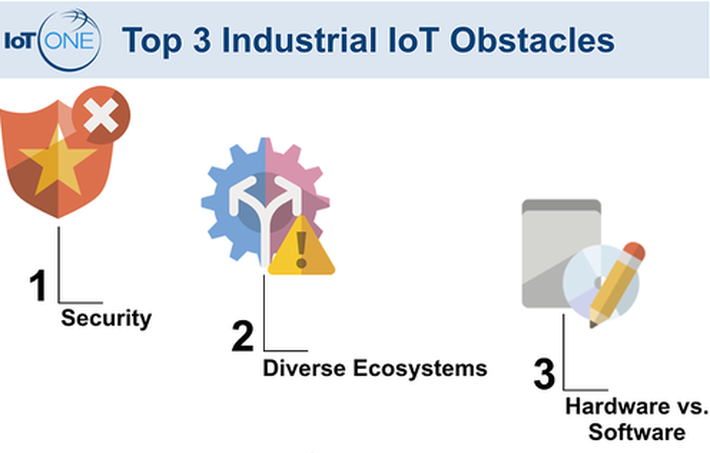
Published on 12/05/2016 | IoT Index
Cybersecurity will remain a concern despite significant advances in technical solutions. New security and privacy considerations come hand-in-hand with the way IoT is deployed, and the type of data it generates and consumes. Gartner estimates that the risk from the black market of fake sensor and video data could be worth more than $5 billion by 2020. A lot of developers realize that security is an important factor, but end up trading it for other features offered by various platforms. This could have serious implications. By 2020, addressing compromises around IoT security will push security costs to 20 percent of overall security budgets, compared with less than 1 percent in 2015, predicted Gartner. no central IoT standards and no real oversight over development. That makes developing for these connected devices so much tougher than developing for phones or tablets with clear and well-defined ecosystems. IoT development suffers as there are no platforms like Android and iOS. It’s not just about technology, but these platforms also connect developers with a user base. Cyber attacks against industrial targets, including power plants, factories and refineries, increased 100 percent in the past year, according to a new study conducted by the computer technology company Dell.
IoT is still in its early stages and is fragmented at several levels. Diverse things connect over different transport layers, use a variety of protocols and support several configuration options. There are no central IoT standards and no real oversight over development. That makes developing for these connected devices so much tougher than developing for phones or tablets with clear and well-defined ecosystems. IoT development suffers as there are no platforms like Android and iOS. It’s not just about technology, but these platforms also connect developers with a user base
Many developers these days have a pure software background and must learn how to manage different combinations of hardware. The biggest difference between traditional app development and developing for the Internet of Things or Industrial IoT is the hardware that gets connected. However, for most software developers hardware is a mystery in itself. They have to realize the potential of hardware engineering skills and learn a broad range of devices. It might also make sense for them to build apps on top of a cloud platform that receives and organizes the streams of data coming from these devices. The combination of software and hardware has reached a new level of complexity in the age of IoT.